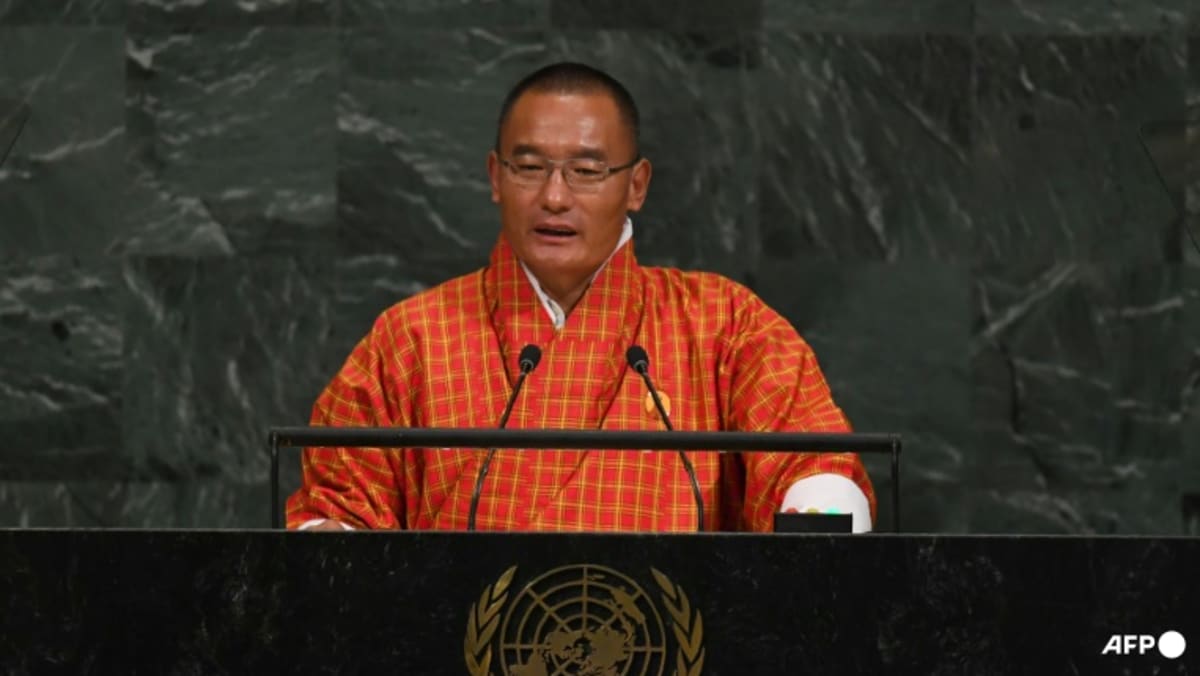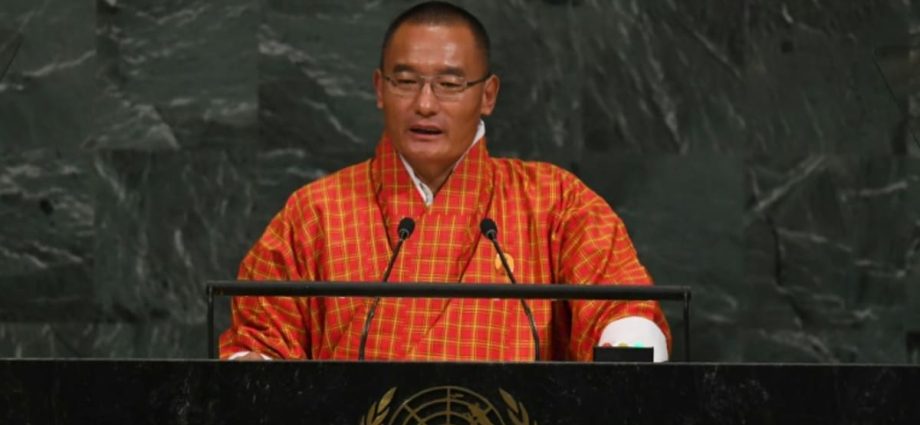
SQUEEZED BETWEEN INDIA AND CHINA
Young citizens searching for better financial and educational opportunities abroad have left in record numbers since the last elections, with Australia as their top destination.
Around 15,000 Bhutanese were issued visas there in the 12 months before last July, according to a local news report – more than the preceding six years combined and almost 2 per cent of the kingdom’s population.
Sandhya Pradhan, 25, an architect, said after voting that she hoped the new government would “encourage the youth currently in Australia to come back”.
Tobgay was the leader of the opposition in Bhutan’s first parliament when it was established in 2008, soon after the start of the reign of the present king.
The former civil servant, who holds a degree in mechanical engineering from the University of Pittsburgh and a master’s in public administration from Harvard, then served as prime minister from 2013 to 2018.
A primary contest in November narrowed the race down to two parties, with both the previous government’s lawmakers and their former opposition knocked out.
The previous government pursued several projects to diversify the economy, including a special economic zone on the Indian border and plans with a Singapore-based company to raise funds for a cryptocurrency-mining scheme.
Tourism, a small share of Bhutan’s economy but a key earner of foreign currency, has yet to recover from the disruptions of the COVID-19 pandemic.
Tobgay has also pledged a huge ramp-up of investment in hydropower, its primary source of energy.
Bhutan lies sandwiched between the globe’s two most populous countries, China and India, who are watching with keen interest as they eye strategic contested border zones.

